If you experimented with digital art in the early days of home computing, you probably had something of a frustrating experience. The hardware simply wasn’t up to the tasks we could imagine, and many artists felt that it wasn’t worth the trouble. But those days are long gone – although sometimes working late into the evening, we all still get frustrated with our favorite program.
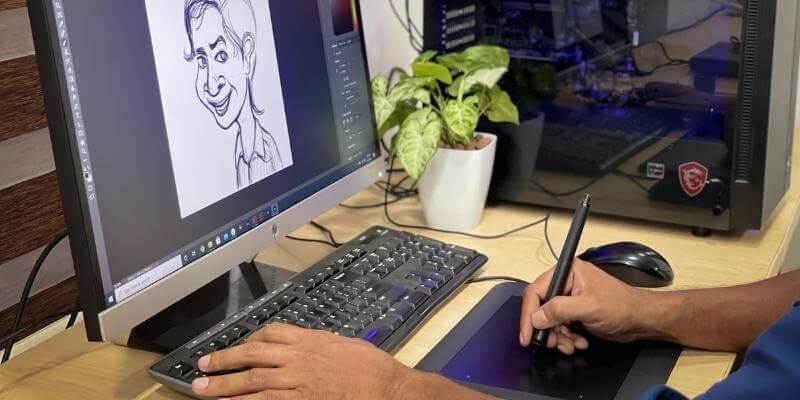
One of the best things about digital art is that there are so many ways to create it. Whether you love to paint, to draw or to work with photos, there’s a perfect program for you. As a result, I’m going to break down the programs in this review into three main categories: an overall ‘one-stop’ program, a drawing/illustration program, and a painting program. There are many more categories of digital art such as 3D modeling, texturing and video editing, but those are distinct enough that they deserve their own separate posts.
The best overall digital art program by far is Adobe Photoshop, thanks to its unbelievably rich feature set and powerful yet intuitive tools. It is unquestionably the gold standard when it comes to photorealistic image editing, but it offers even more beyond that. The basics are easy to learn but hard to master, so thankfully there is a huge support community filled with active and helpful users, tutorials, books, workshops, and videos. If you can name it, there’s probably a Photoshop tutorial in that format.
If you’re more interested in drawing, sketching, and illustration, the best program for you will be CorelDRAW. Almost as old as Photoshop, it boasts some of the best vector drawing tools in any of the programs I reviewed, and the latest version has a secret weapon for illustrators: LiveSketch. Easily one of the most impressive tools to be added to any graphics app in the last several years, LiveSketch lets you dynamically generate vector shapes as naturally as you would sketch with paper and pencil.
Those of you looking to take your painting skills into the digital world, look no further than Corel Painter. While I’m pleasantly surprised to be including two Corel apps as winners in this post, Painter’s success shouldn’t surprise anyone thanks to its incredible reproduction of brushstrokes and paint media. While it’s probably the hardest of the three winners to learn, the payoff is an incredible digital painting tool that works flawlessly with drawing tablets.
Table of Contents
Why Trust Me for This Software Guide
Hi, my name is Thomas Boldt, and I’ve been working in the digital arts for well over a decade. I first got my hands on a copy of Photoshop 5 in high school and combined it with my interest in 3D modeling and rendering to create a passion for all things graphical.
Since then, I developed a passion for design, and graduated from the York University/Sheridan College Joint Program in Design in 2008. I started working in related fields even before graduation, and this experience has led me to work with almost every graphics program under the sun at one point or another.
Disclaimer: None of the companies mentioned in this article have provided me with any compensation for writing this article, and they have had no editorial input or control over the final review. That being said, I am a subscriber to the Adobe Creative Cloud program suite and use it regularly for my personal and professional work.
Best Digital Art Software: Our Top Picks
Best Overall: Adobe Photoshop (Windows/macOS)
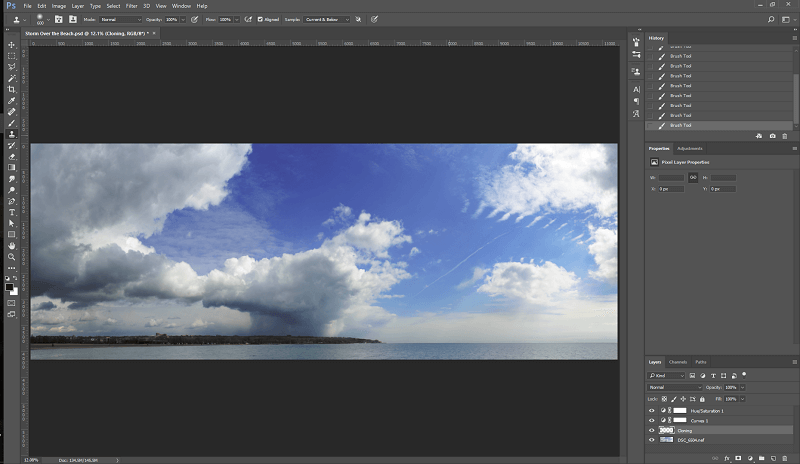
Adobe Photoshop is the undisputed leader of the graphics arts world, and with very good reason. Yet despite how it started out, Photoshop isn’t just for working with photographs. That is certainly one of the tasks that it excels at, but over the years it has added a huge range of additional functionality that allows you to create almost anything you could possibly want. If you like to dabble in a wide range of digital media or if you want to keep your creative horizons open, Photoshop is the best one-stop choice.
After 30 years of active development, the tools it offers are unparalleled, and some of the new content-aware editing tools almost defy belief thanks to their automated editing abilities. You can do everything from editing RAW photographs to creating stunning photorealistic composites to painting and airbrushing original artwork, and it has an impressive set of brush customization options for working with drawing tablets. Photoshop can also create and edit vectors, 3D models and videos at a frame-by-frame level, although these tools are not as well developed as you’ll find in programs dedicated to those tasks.
With all these tools to work from things can get confusing fast, but Adobe has done a great job of allowing users to customize the interface completely. It’s easy to ditch the tools you never use and focus on what works best for your current project, or even hide the entire interface so you can focus on nothing but your image. You can use one of their preset workspaces, or create and save as many of your own custom presets as you like.
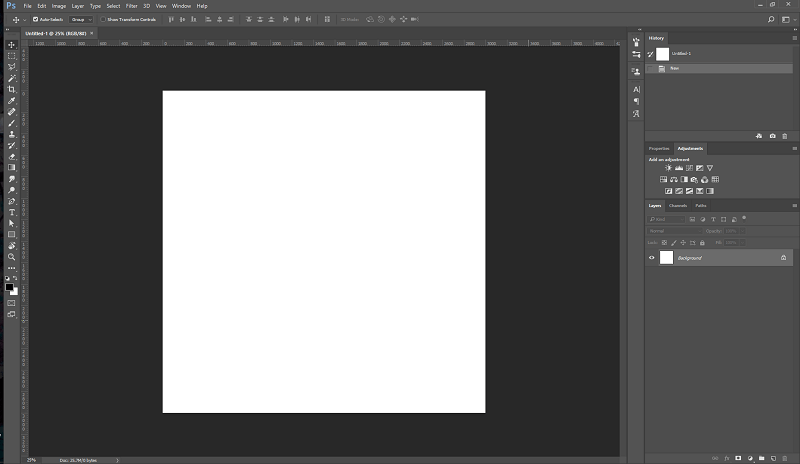
The flipside to this impressive functionality is that there are so many features, even one Photoshop expert admitted that she would probably never have time to use them all. I can’t seem to find the exact quote, but it stuck with me because I have often felt the same way. As much fun as it may be to learn all the 3D and video editing tools that are now included, Photoshop’s primary job is working with still, pixel-based images.
But no matter what your project is, there will be plenty of learning materials available to help you develop the skills you need or answer almost any question. Some guides are even built right into the program, and there is a convenient search mode that allows you to look through a database of tutorials and other learning materials. If you can’t find exactly what you need, the incredible number of active Photoshop users will be happy to help out in any of the online forums dedicated to it.
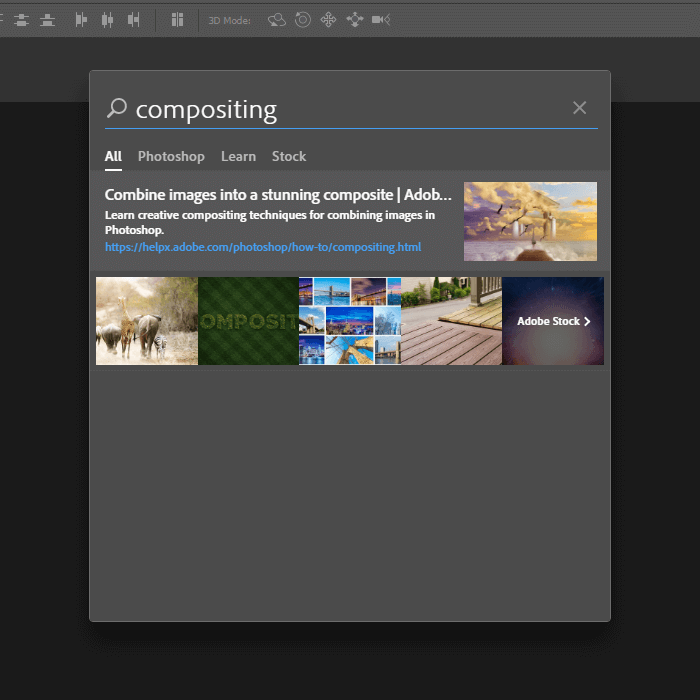
There are many competitors for Photoshop, but nothing has been developed yet that can truly challenge it. There are other great image editors (as you can read about in the alternatives section below), but none of managed to combine the power, precision, huge featureset and total customizability that Photoshop has offered for years. For a more in-depth look at Photoshop, you can read the full review here.
Best for Drawing & Illustration: CorelDRAW (Windows/macOS)
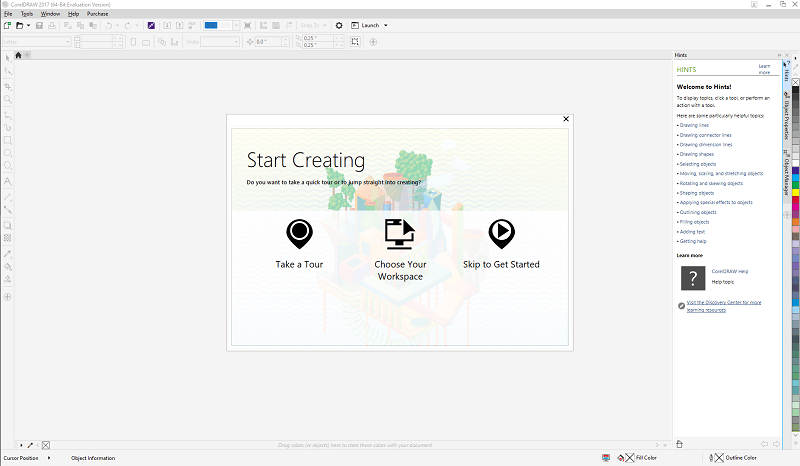
CorelDRAW is actually one of the few graphics programs available today that is almost as old as Photoshop. It is a program specially designed for working with vector graphics, which makes it an excellent illustration tool. It comes with a full set of the tools you’d expect to find in any vector graphics program – various shape tools and a great set of pen and line tools for creating freehand shapes.
As with most vector graphics software, it also functions as a great page layout program, which allows you to quickly incorporate your illustrations into larger designs like posters and pamphlets.
The reason that CorelDRAW managed to edge out Adobe Illustrator in this category is an impressive new tool that was released known as LiveSketch. As you can see in this video, LiveSketch offers a whole new way to create vector graphics by transforming your sketching into vectors on the fly. You can modify and refine vector lines by redrawing them the way you would when sketching with pencil and paper, and it even learns your sketching style “based on the latest developments in Artificial Intelligence and Machine Learning”.
The interface has decent customization options, although you’ll have to dig a bit deeper through the menus to find them than you would in some other programs. There are an excellent set of pre-configured workspaces, however, including one that is designed specifically for touchscreens, a ‘Lite’ workspace for new users, and one designed to appeal to users who have been coaxed away from Adobe Illustrator.
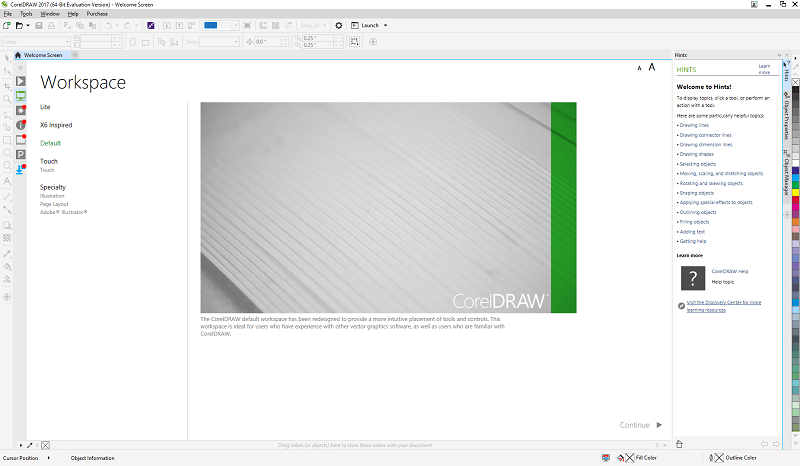
While Corel does a good job of introducing you to the program via helpful built-in tips and guides, you may find yourself wanting a bit of extra help. There isn’t much learning material in the form of books (at least not in English), but a few quick searches online should provide you with everything you need to learn the software. Corel has also developed a solid set of tutorials that are available on the Corel Learning Center to help you get up to speed. For a more in-depth look at CorelDRAW, you can read the full review here.
Best for Painting: Corel Painter (Windows/macOS)
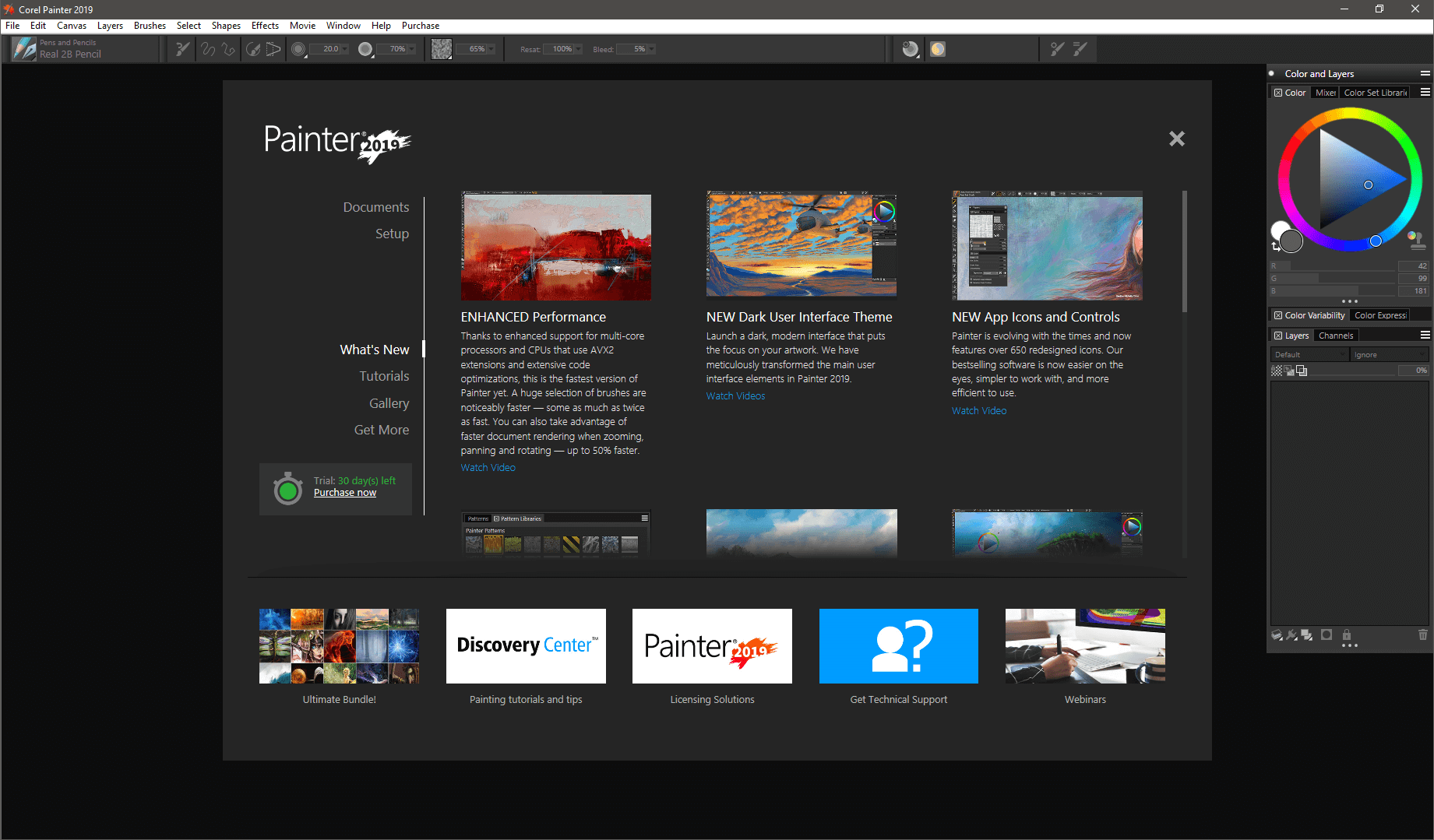
Corel Painter is another long-lived graphics program with 30 years of development under the hood, and it’s been refreshed in the new version of Painter. One of the biggest problems with it in the past was that computers of the past weren’t always up to the job, and so you’d wind up with brushstroke lag during painting. Those problems are a thing of the past, thanks to new optimizations and speed improvements – not to mention access to computers with 16+ GB of high-speed ram and CPU clock speeds of 4Ghz!
Painter is by far the best recreation of traditional artistic media in the digital world, and as soon as you get your hands on it you’ll understand. The sheer number of brushes available should be enough to keep you experimenting happily for days, as though you were suddenly dropped into a fully-equipped studio. Whether you like a simple brush, a palette knife, watercolors, an airbrush or anything in between, Painter offers over 900 preset tool types which you can customize to your heart’s content. Corel has even included the brush libraries from the last six versions of Painter to make sure that you find what you need.
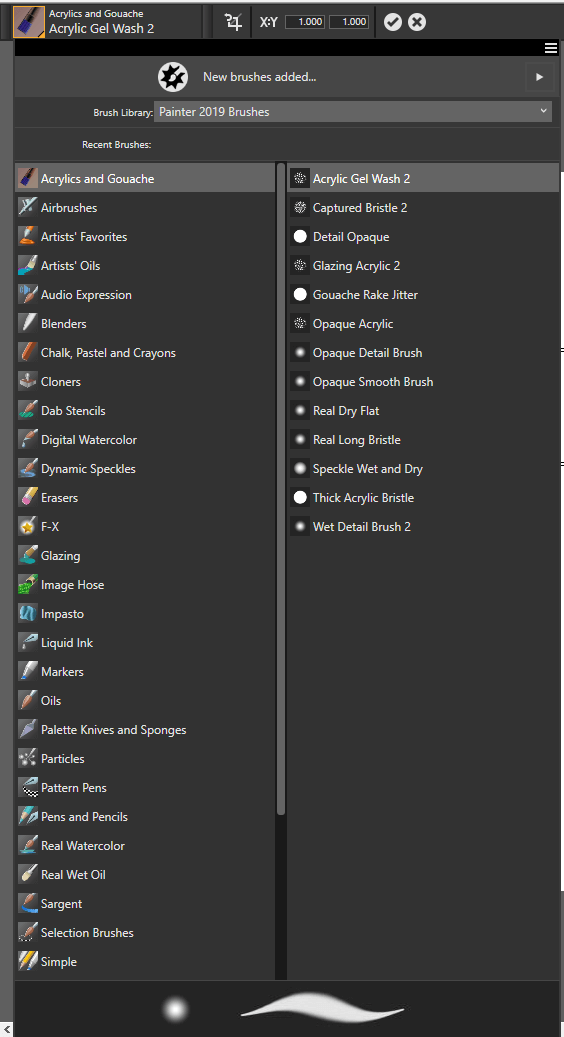
When setting up each new piece, you can even configure the type and style of your surface, allowing you to create the appearance of anything from a plain stretched canvas to fine watercolor paper. Each different surface interacts differently with your brush and paint selections just the way its real-world equivalent would.
As you would expect from a program this dedicated to accuracy, Painter also works beautifully with drawing tablets. Corel actually embraces this so much they offer special deals on a full range of Wacom touchscreens and tablets that come bundled with the latest version of Painter (bundles available in the U.S. only).
A range of interface layout options are available, with their toolsets configured for various specifics tasks from a simplified interface to photorealistic painting to classical fine art. There are also plenty of options for illustration, although Painter works exclusively in pixels and doesn’t handle vector graphics at all.
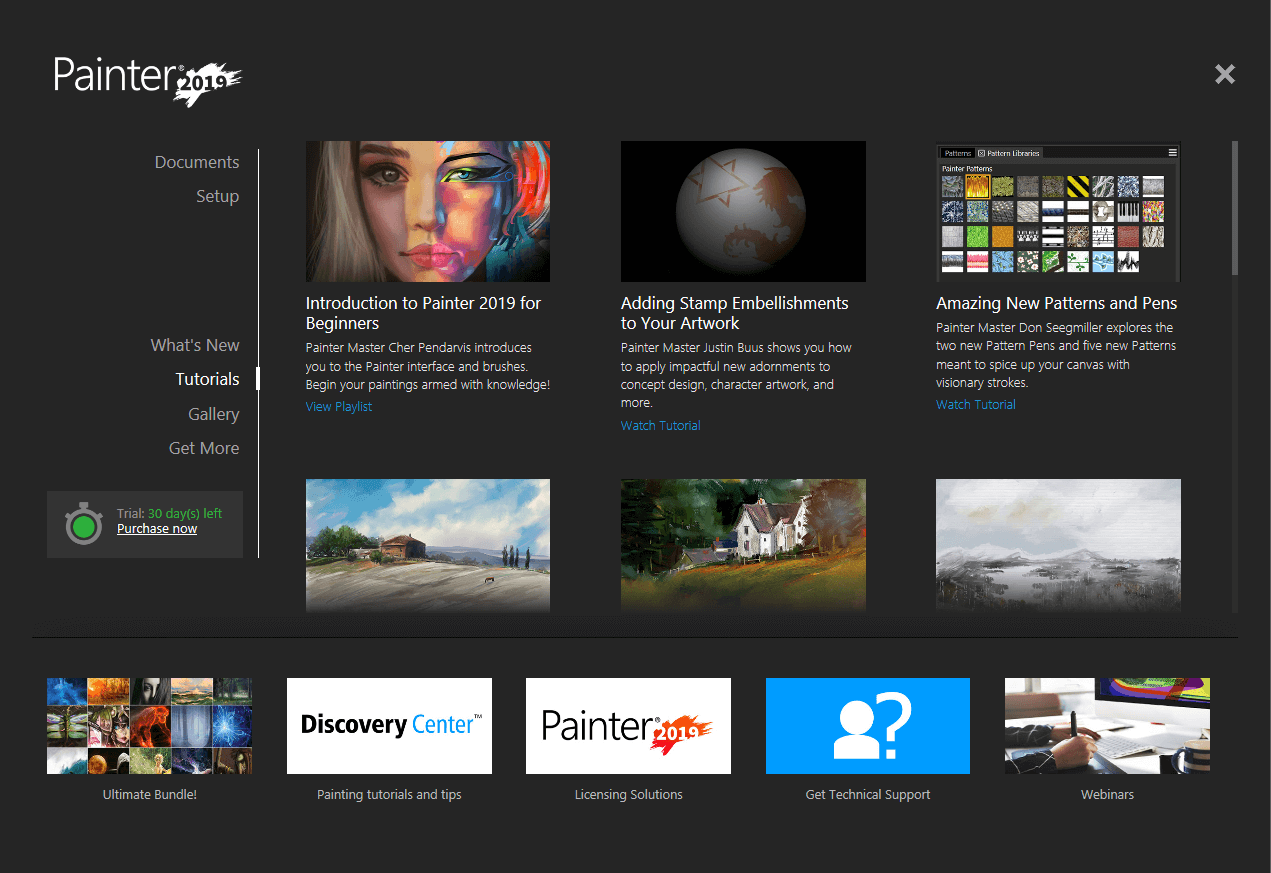
Like all of Corel’s software, there is a solid set of tutorials easily accessible directly from Painter, including an introduction to the very basics so that you can start working as quickly as possible. The Welcome screen shown above is your guide to your new artistic freedom. There isn’t very much third-party tutorial content available for Painter as of the time of this writing, but there’s plenty available for previous versions if you need a bit of extra help.
Best Digital Art Software: The Paid Competition
1. Adobe Photoshop Elements
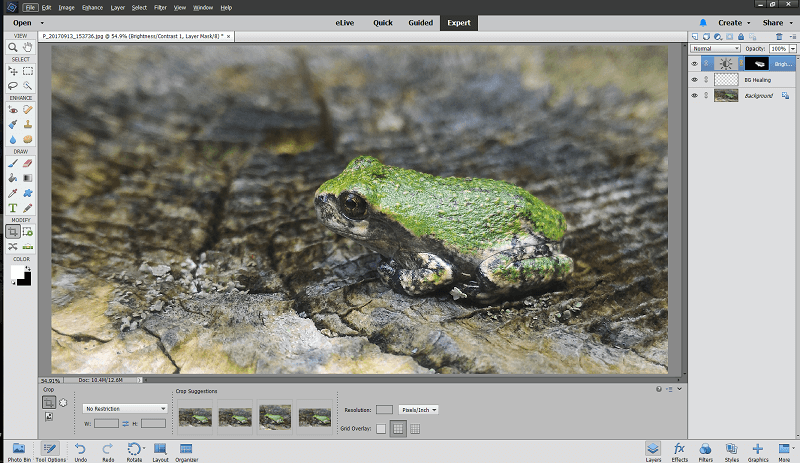
If the idea of learning the full version of Photoshop seems a bit overwhelming to you, you might want to look at its younger cousin, Photoshop Elements. It includes the majority of the most-used editing tools from the full version and offers plenty of step-by-step instructions. It does an excellent job of teaching new users the ropes, and once you get more confident you can move into Expert mode for even more creative freedom.
Unfortunately, this means that you might miss out on a few tools that you want from the full version, but it really depends on what you want to do. While it’s tempting to want the most powerful version available, the reality is that most casual home users will find that Elements can handle all their photo editing needs – with a few fun extras thrown in for good measure. You can read the full Photoshop Elements review here.
2. Affinity Photo
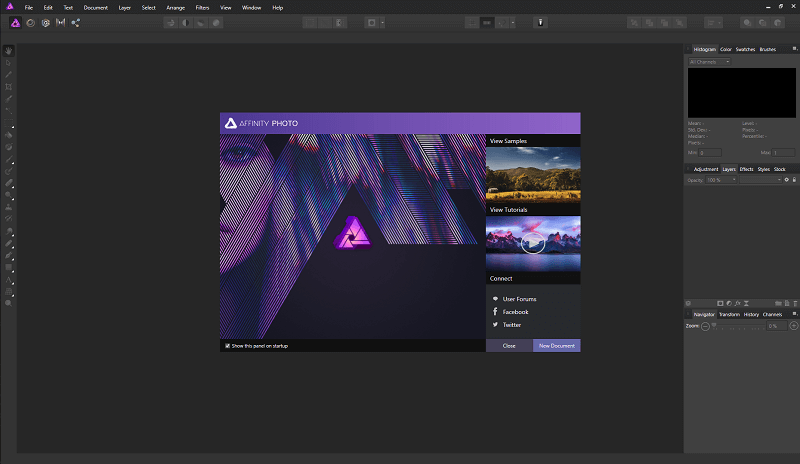
Affinity Photo is relatively new on the graphic arts scene, but it has already been making some serious waves as a Photoshop alternative. It hasn’t quite replicated all the tools available in Photoshop, but it’s done an excellent job of recreating the core functionality at a much more affordable one-time price. It’s got a decent interface, although there is a counterintuitive module system accessed across the top of the layout that separates some of the functionality for reasons that aren’t immediately clear.
While it’s extremely affordable and there is a growing community of users, it doesn’t have a great deal of tutorial information available. Some of the larger teaching sites like Lynda and Udemy have launched courses, and Affinity has done a good job of creating tutorial videos for most of the features and tools, but you’ll be hard-pressed to find much more material available online, and the only English book available as of this writing is written by the developers. See here for a full review of Affinity Photo.
3. Corel PaintShop Pro
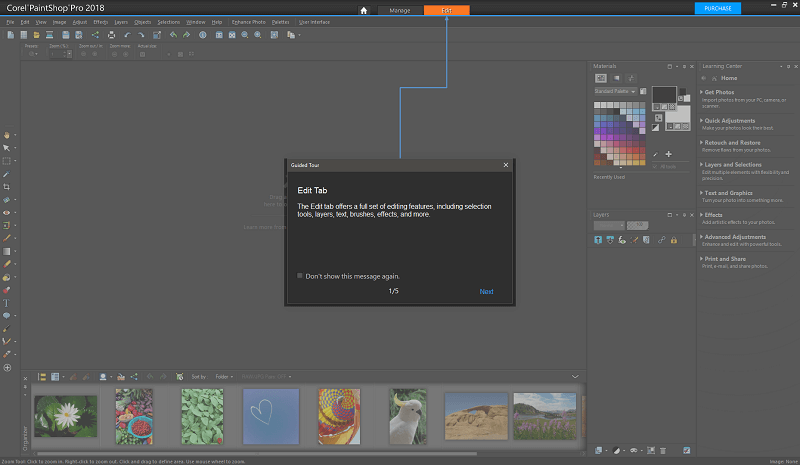
PaintShop Pro is another of the older generation of graphics programs, and it is has found itself overlapping a number of different programs in terms of functionality. It’s Corel’s answer to Photoshop, although it doesn’t quite live up to the same standard. It’s a solid enough program, with good editing tools and a customizable interface, but it also suffers from a few flaws that can make it frustrating to use for large projects.
The biggest of these problems is some serious delays in brushstroke responsiveness, which grow even worse when you’re working with large high-resolution files. There can also be some delay when applying other edits which can slow down a professional editor quite a bit. On the other hand, it’s available as a one-time purchase for PC users who want to avoid the subscription model recently adopted by Adobe. Learn more from our full PaintShop Pro review here.
4. Adobe Illustrator CC
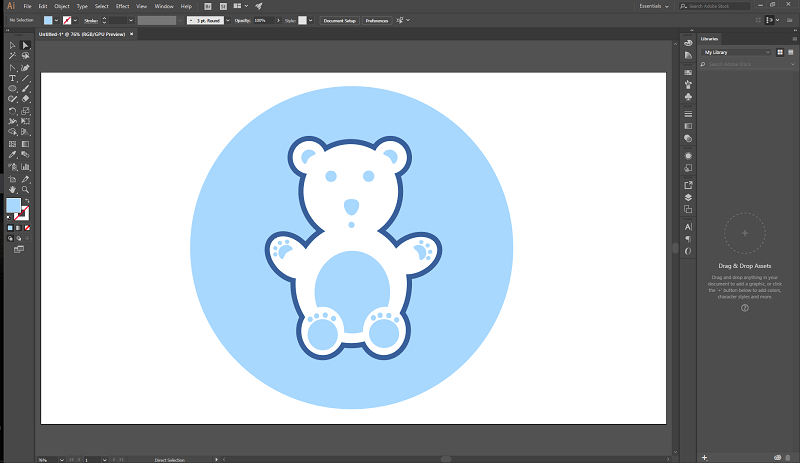
Like Photoshop, Adobe Illustrator has also been the industry standard for quite a while, although Illustrator excels at vector images instead of raster images. It nearly won in the best drawing and illustration category due to its impressive vector illustration tools, except that its native drawing capabilities leave much to be desired. It can be used with a drawing tablet, but it doesn’t really offer much in the way of advanced tools beyond the basic paintbrush tool, so you may as well just be using a mouse that you’re more comfortable with.
Illustrator has excellent vector tools, including some new additions in the latest CC release to help with drawing freehand curves, but it doesn’t yet have anything to match the LiveSketch tool found in CorelDRAW. The user interface follows the standard Adobe model also found in Photoshop, with preset workspaces configured for different tasks and the ability to customize and save as many of your own personalized workspaces as you want.
There’s more tutorial info out there than you will ever have time to read, and you can download a free 7-day trial to see if it’s the right fit for you. You can also see the full Illustrator review here.
5. Sketchbook
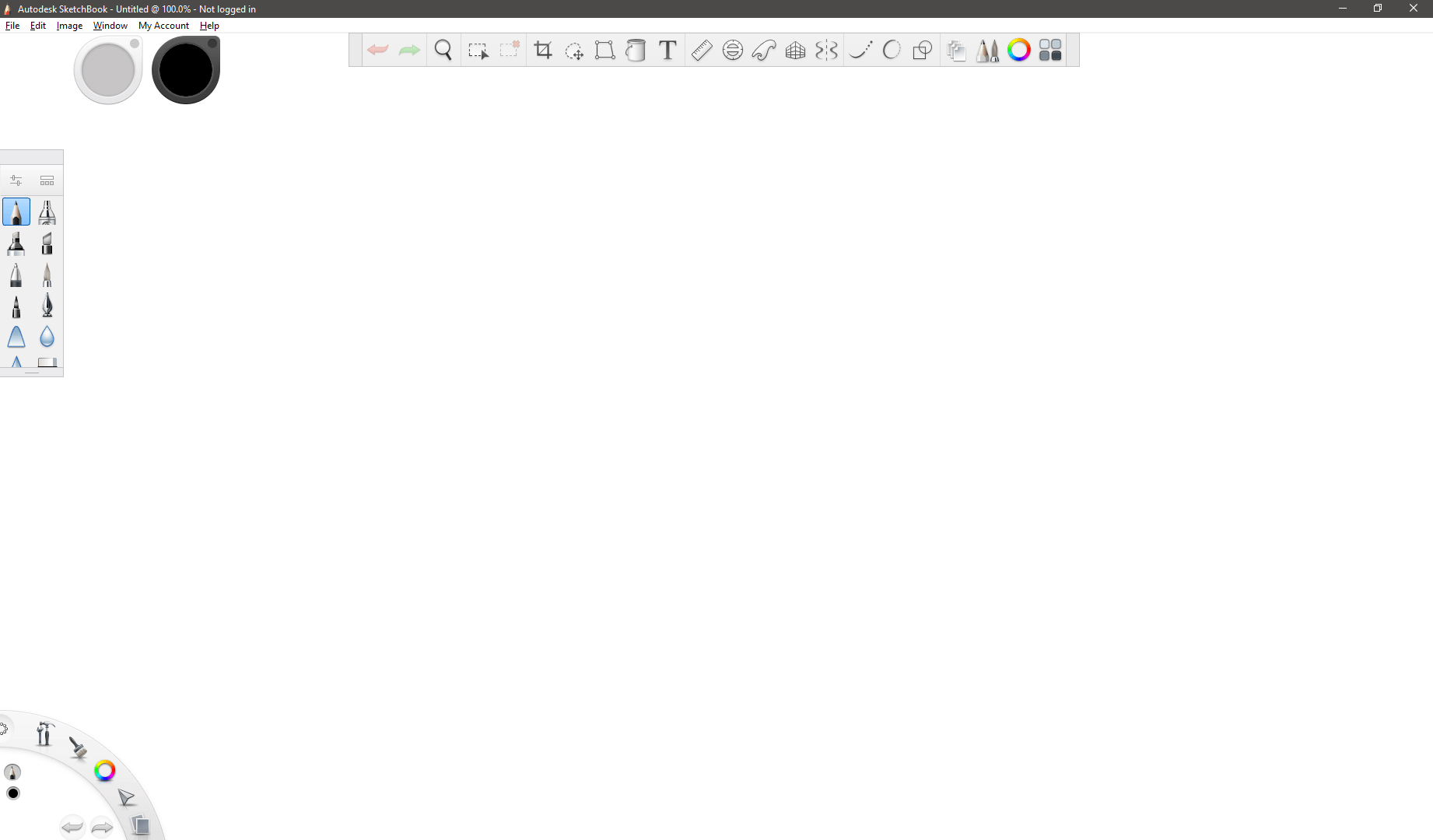
Touch-enabled devices and sketching really just go hand in hand, and Autodesk gets it right with Sketchbook. It didn’t win any category because it’s a fairly simple program, but it does simplicity quite well, allowing you to focus on your drawing and not spend too much time worrying about tools and configurations.
When you do need to adjust something, Sketchbook uses a unique style of ‘dial’ interface optimized for touch devices (see the bottom left corner in the screenshot). If you want to take your sketch to a further stage in your creative process, Sketchbook is also compatible with the Photoshop document format (.PSD), which makes for easy integration with a deeper workflow.
One of the best things about this program is that earlier this year, Autodesk decided to make it free for everyone! If you just recently purchased it you might be a bit grumpy about this, but otherwise it’s a great way to explore the world of digital sketching without having to spend a cent on your software. You will definitely need a drawing tablet, touchscreen-enabled computer or mobile device to really make good use of it, and there is a complete guide available on the Autodesk website to help get you up to speed.
Sketchbook is available for Windows, macOS, iOS and Android devices, although the mobile version has a different user interface and more simplified capabilities.
6. Affinity Designer
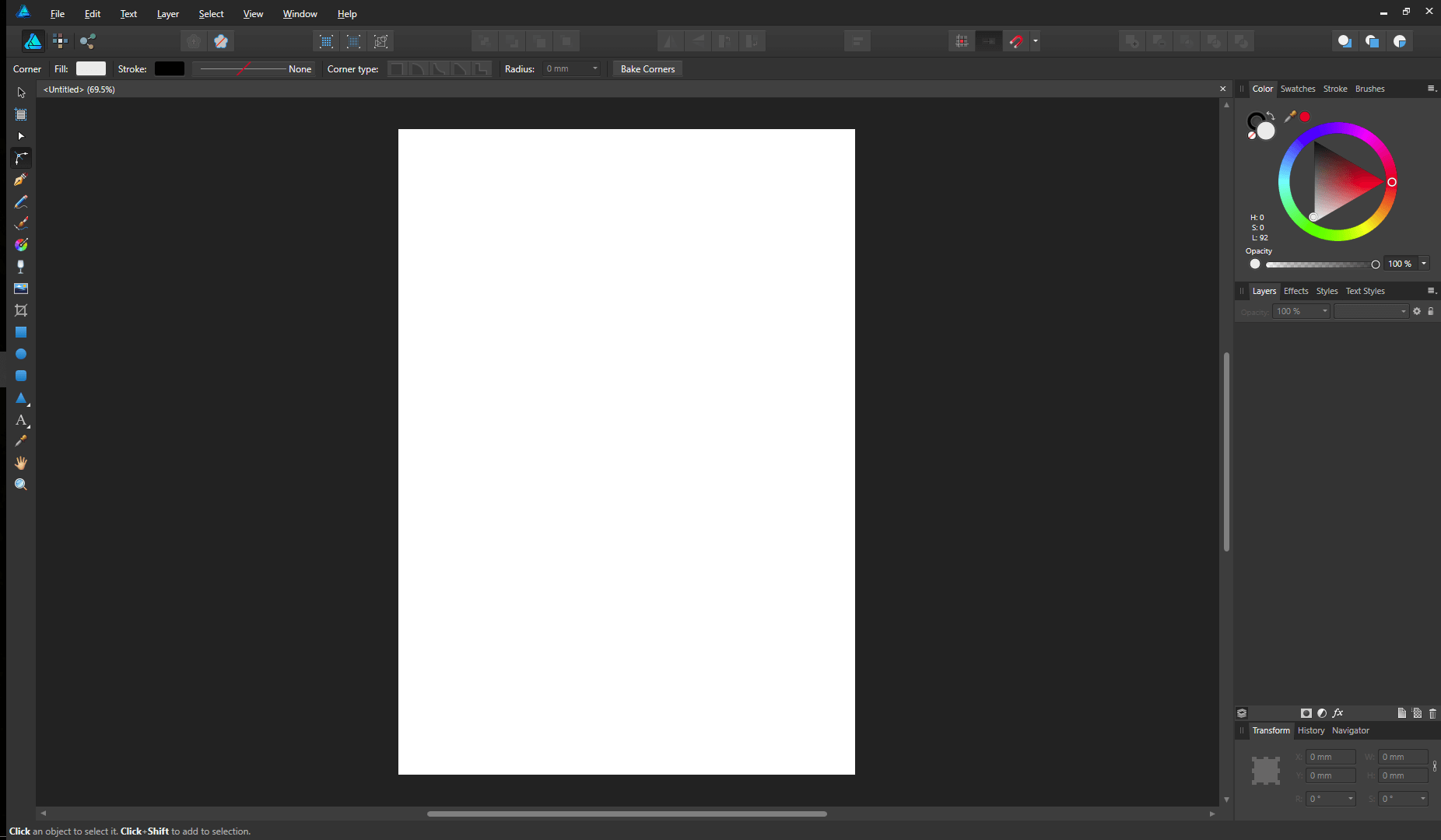
Just as Affinity Photo is their Photoshop clone, Affinity Designer is Affinity’s attempt at challenging Illustrator for the vector graphics crown. However, their desire to unseat Illustrator has led them to correct several of its mistakes, as they have spent some time considering touch and drawing tablets as input devices. Working with freehand shapes is also much easier, thanks to the large default anchor points and handles. Less time struggling with your interface means more time illustrating!
Affinity Designer is available for both Mac and PC, using the same one-time purchase model as their other software at just $69.99. It’s an affordable way to get into the world of vector illustration, and there is a 10-day free trial available from the Affinity website and the Mac App Store.
7. Corel Painter Essentials
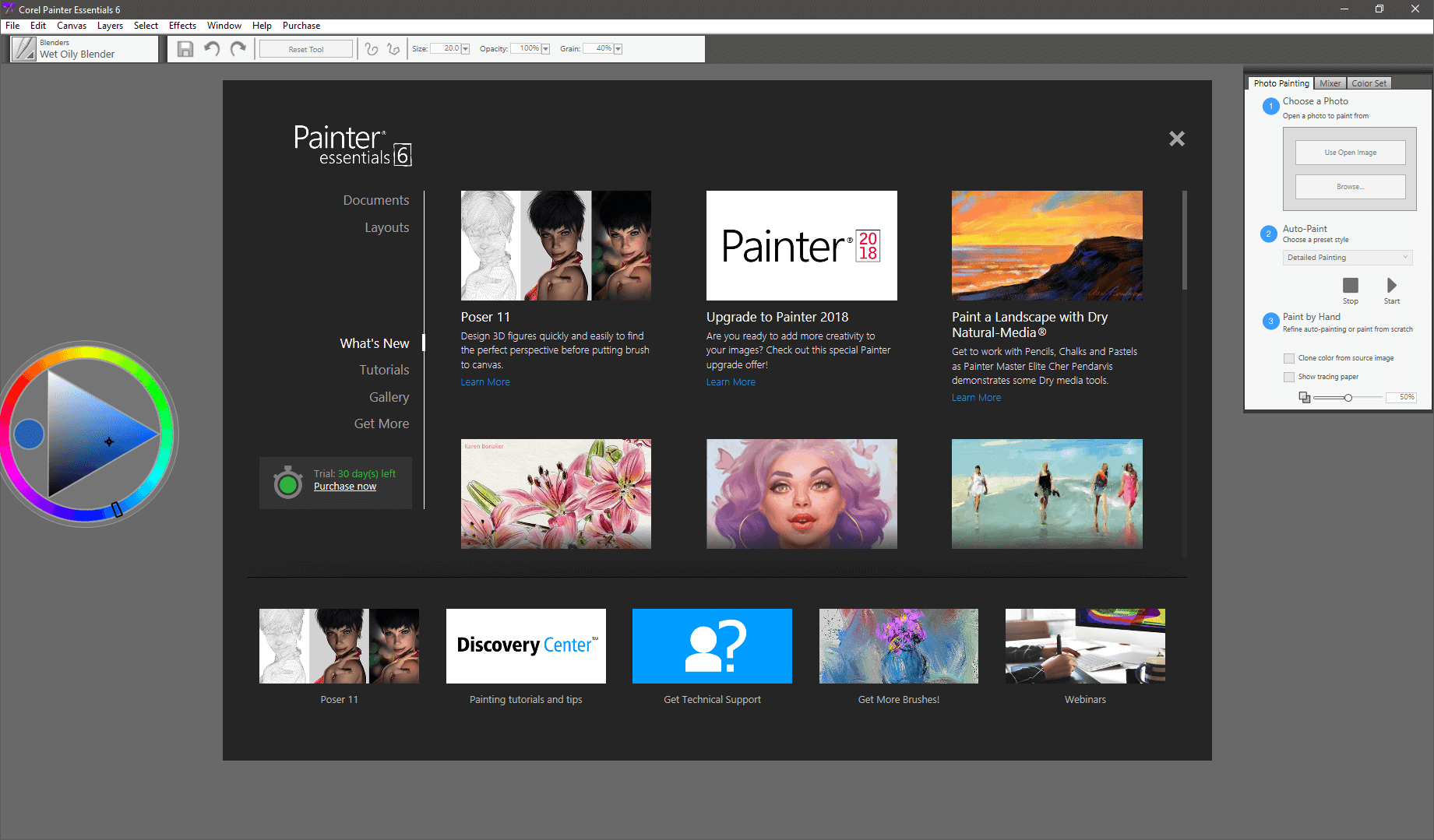
Painter Essentials is a much-simplified version of the full Painter experience, which has some pros and some cons. It includes a limited version of the functionality from the full version, including a basic set of brushes, tablet support and a more streamlined interface. If you’re just interested in exploring what you can accomplish with digital paint, Essentials might be a good introduction, but any serious professional artist will want to go for the full version of the software.
The interface hasn’t been updated in the same way as the latest version of Painter, and you’ll note that the Welcome screen still recommends upgrading to the old Painter version instead of the latest one, but these are minor issues that will probably be corrected in the next version. There is some tutorial content available from Corel, but it’s limited in comparison to what’s available for the full version of Painter.
Free Digital Art Software
Pixlr
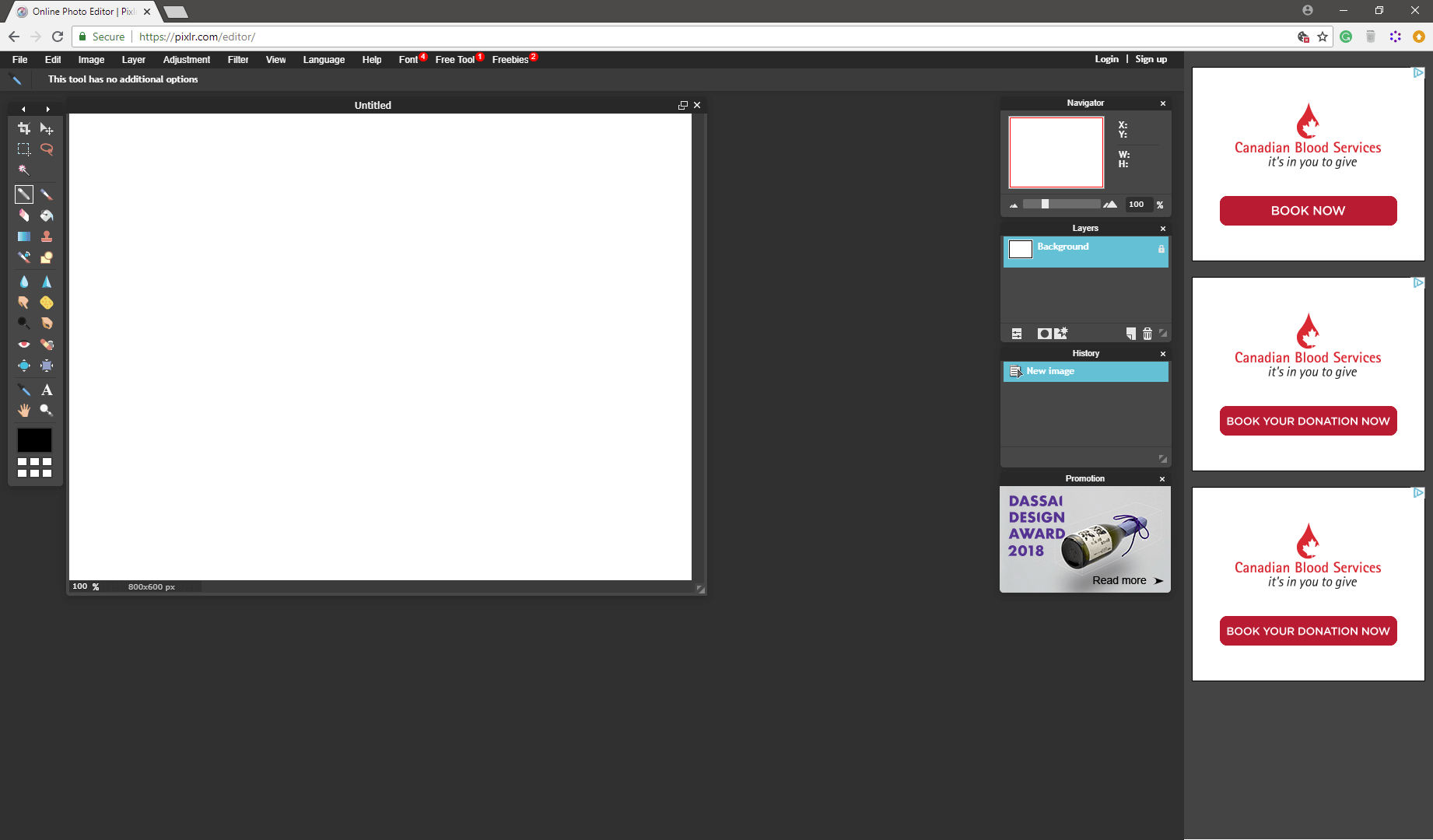
It’s astonishing what you can accomplish with a web app these days, and nothing shows that better than the free Pixlr online image editor. It is a full-featured image editor with decent editing tools, layer support and an interesting pencil tool that mimics the look of skilled sketching.
It’s definitely not going to replace a proper desktop application for any serious graphics work, but it might do the job for you if you’ve just got a quick screen graphic to make or a simple edit to a photo for social media. It has no support for graphics tablets beyond a simple mouse, but you wouldn’t expect to find full support in an online format.
It can be a bit difficult to load because some web browsers now disable Flash by default due to the security risks, but Pixlr tries to make the process simple with on-screen prompts.
GIMP (GNU Image Manipulation Program)
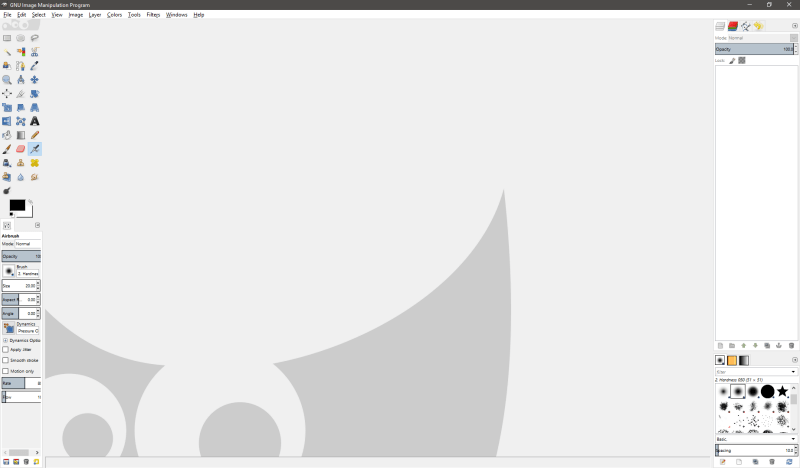
Many people swear by GIMP, although I have never met a professional working in the graphics arts who used it for their work. There probably are some, because GIMP has a few advantages: it’s quite powerful for pixel-based image work, it’s easy to create plugins and extensions for it, and it’s all available for the low low price of free.
The problem with GIMP is that it has one of the most frustrating and needlessly complicated interfaces I’ve ever run into. It seems to be a common problem with open source software – software developers tend to be more focused on functionality than user experience – although recent versions include ‘Single Window’ mode which makes the interface a great deal more rational. If you’re on a tight budget and you need something with the power of Photoshop for free, GIMP will do the job.
Gravit Designer
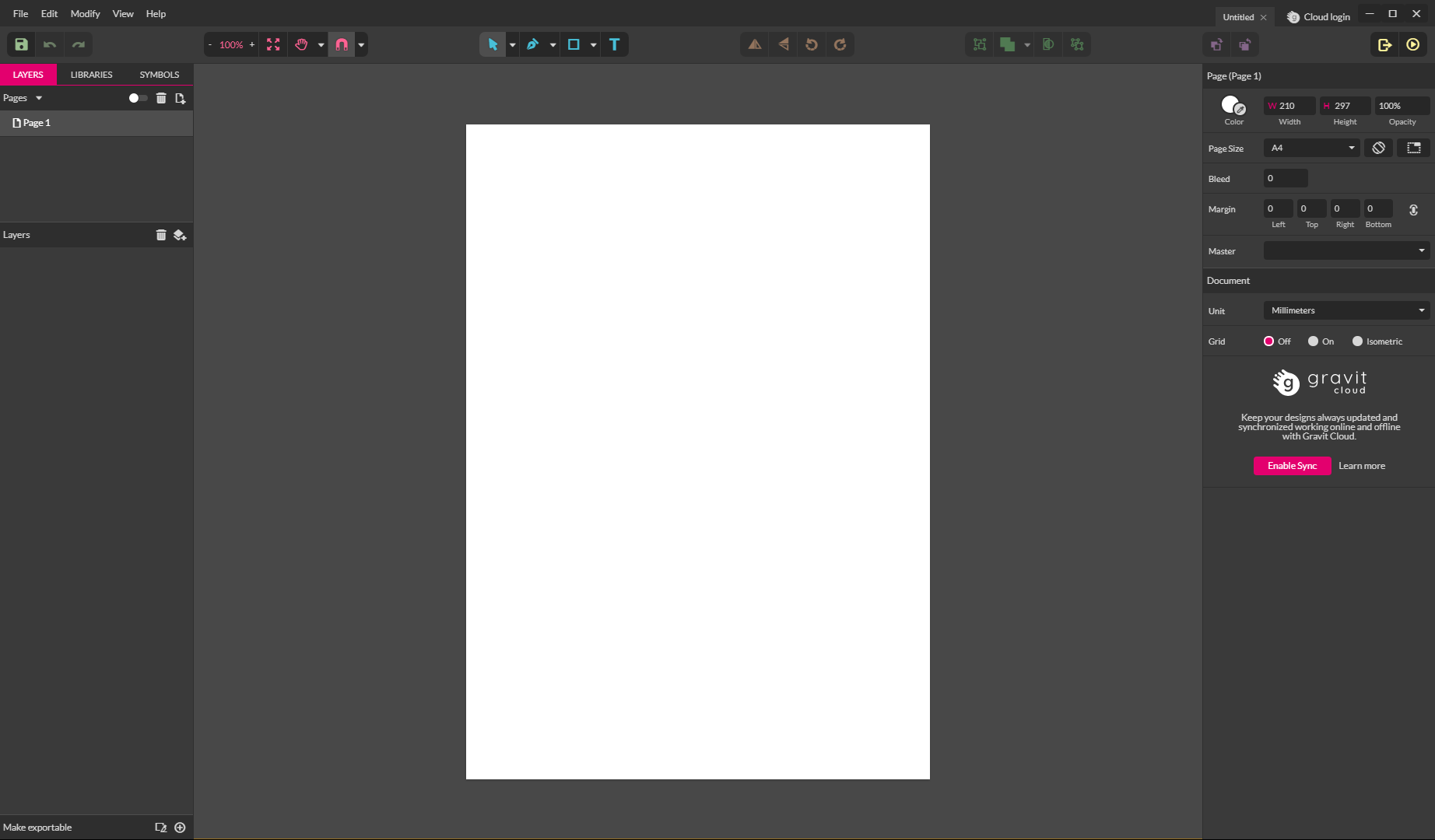
Gravit Designer is an excellent free vector graphics program, although it’s not open source. It has an excellent set of vector drawing tools, and has good support for some of the more common vector graphics file formats. Unfortunately it can’t edit the proprietary formats from Adobe, but that’s a small consideration if you’re just looking to explore vector graphics. It’s available for the widest range of operating systems, and can even run in your web browser.
It has an excellent user interface, especially for a free program. Even more surprisingly, it has a solid set of tutorials available online from a wide range of sources. This makes it the perfect introduction to the world of vector graphics, although eventually you’ll want to move on to a more professional program if you’re serious about vector illustration.
The Wonderful World of Digital Art
Despite how it might seem at first, a lot of the major graphics programs have grown somewhat interchangeable over the years and have started to overlap each other’s jobs. Finding the one that works best for you is the most important part of the process. Just as every artist has developed their own unique creative style, every artist will have to make their own choices about which particular program fits best into their personal workflow.
Also, it’s important to remember that no matter how good the software is, you will still need to learn a whole new set of processes. Even if you’re an extremely talented artist in the offline world, you will find yourself having to learn a whole new set of skills specific to the digital world. As someone who dedicated a lot of time and effort to refining their ability, it can be a bit discouraging to suddenly find yourself struggling again. This is perfectly natural and understandably frustrating, but try to remember this important piece of wisdom from author, journalist and radio host Ira Glass on the nature of creativity:
“Nobody tells this to people who are beginners, I wish someone told me. All of us who do creative work, we get into it because we have good taste. But there is this gap. For the first couple years you make stuff, it’s just not that good. It’s trying to be good, it has potential, but it’s not. But your taste, the thing that got you into the game, is still killer. And your taste is why your work disappoints you. A lot of people never get past this phase, they quit. Most people I know who do interesting, creative work went through years of this. We know our work doesn’t have this special thing that we want it to have. We all go through this. And if you are just starting out or you are still in this phase, you gotta know its normal and the most important thing you can do is do a lot of work.”
It shouldn’t take you years to transfer your existing artistic talents to the digital world, but it’s important to remember that there is a learning curve even with the very best digital art software. But if you stick with it and keep creating, eventually you’ll be able to make things that could never be accomplished with more traditional artistic media.
Always keep creating, and never give up your artistic vision!
How We Chose The Best Digital Art Software
Digital art is a fairly broad category, so it’s important to be clear about how we broke down the review process. We’re covering a wide range of different artistic styles with their own unique issues so the criteria here are a bit more general than usual, but they’ll still point you in the right direction. Here are the questions we asked about each program before selecting our winners.
1. How well does it cater to its primary artistic medium?
As with any other task, it’s always important to choose the right tool for the job. A multi-tool screwdriver is extremely useful, until you realize that you actually need a belt sander. Since we broke down the digital art category into three subcategories, it’s important to take into account just how specialized the software is for a particular artistic style. Some try to be everything to everyone, but still have a central core of tools that make up its primary featureset.
2. Does it work well with drawing tablets?
Whether you’re bringing your skills from the physical world to the digital one or just looking for better options, it’s always important to have room to grow. If you spend a lot of time learning a new program and then find out that it doesn’t support a tablet, you might wind up kicking yourself.
Drawing tablets are intuitive and well-balanced tools for beginners and experts alike, but you want more than just a pen-shaped mouse. A good graphics program will be able to configure all the additional layout buttons available on your specific model, as well as respond to pressure sensors. The very best programs will also be able to identify the angle that you’re holding the stylus at for truly natural creations – although you’ll also need a tablet that supports the feature.
3. Is it user-friendly?
While artists are often willing to go to extreme lengths in order to pursue their creative vision, there’s something to be said for making sure that your tools themselves don’t get in the way of your creativity. There is a pure simplicity to an easel, brushes and a paintbox, and you should be able to get that same level of instant access to the tools you need in your digital art software.
Of course, every artist has their own unique way of arranging their studio, and the best graphics programs will also allow you to reconfigure the user interface to meet your exact specifications. You don’t need to have a silk-screening kit ready at hand when you’re sketching, just the way you don’t need to have a full set of typographic options in your way while you’re painting (probably).
4. Are there plenty of learning materials?
Whether you’ve got a lifetime of experience in the art world or you’re starting from day one with a digital stylus in your hand, learning graphics programs can be a complex process. The best programs are complete with introductions, tips, and other bits of guidance built right into the software.
Yet that can only take you so far, so once you’re ready to expand your skills, one of the best ways to learn is to follow along with some good tutorials, whether they are from books, videos, or other online sources. Typically (though not always), the better a program is, the more learning material you’ll be able to find for it.
Even if you’re already comfortable with your own creative style, learning how to create it digitally can be quite different than what you’re used to. That transition can also present some opportunities to explore new horizons!
5. Does it have an active community of users?
It would probably be very interesting to see what would happen to an artistic community if people didn’t teach others basic techniques, but most of us got our start in the arts through someone we admired and learned from. A good digital arts program will have an active community of users, which has multiple benefits. There’s always someone to ask if you’re stuck on creating a specific effect, and there are people to show your work off too who will appreciate it and be able to give you understanding and honest critiques to help you improve.
A Final Word
The digital revolution is a gift that keeps on giving, and now that computer hardware capabilities have caught up to our artistic dreams, the world of digital art is more accessible than ever before. It’s possible to create some truly stunning work using modern programs, although that power can make them difficult to learn.
Explore the options, find the right program for you, and learn the ins and outs of the new digital art forefront. It takes some time to make the transition from the offline world to the digital one, but it’s worth it!
And remember: always keep creating!

Hi I am looking for a program that allows me to change materials on a picture(real material photo) most of my clients are visual, they need to see the finishing samples on their real kitchen design.
thank you
You missed many interesting alternatives Paintstorm, Clip studio paint, Artrage, Krita, Medibang Paint Pro, etc
i am 23 years old and i want to be an artist